India has a glorious tradition of health care system based on plants, which dates back to Vedic era. The Charaka Samhita and the Sushruta are the main treatises of Ayurveda. Over the following centuries, Ayurvedic practitioners developed a number of medicinal preparations and surgical procedures for the treatment of various ailments. Up to 80% of people in India use either Ayurveda or other traditional medicines. Around 1000 B.C, the knowledge of Ayurveda was comprehensively documented in various Samhitas viz. Agnivesa Samhita, Bhela Samhita, Kashyapa Samhita viz. Agnivesa Sushruta Samhita etc. As these treatises were voluminous and are not tangible to the mediocre students of Ayurveda, which lead to compilation of short and snappy works like Ashtanga Sangraha by Vagbhata and the similar method was adopted by the later authors.
During medieval period scholars like Madhavakara, Vrinda-madhava, Tisatacharya, Chakrapanidatta, Vangasena, Sodhala, Sarangadhara and Bhavamishra etc. have compiled the relevant matter essential and suitable to their contemporary periods. Some of the new treatment modalities and new drugs which were introduced into the clinical practice have been incorporated into the medieval Ayurvedic works. In this process they made inclusion of new knowledge in the form of therapeutic procedures and various formulations which are very much beneficial to the mankind in the field of Medicine. They designed safe and effective formulations in simplified and systematic manner. Vrinda (during 9th century A.D) has mentioned that the treatise Siddhayoga was composed by himself after going through many a number of earlier treatises, which was considered as the first published treatise on treatment ofiseases and it is popularly known as Vrindamadhava.

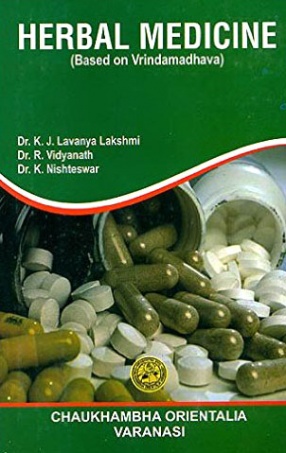
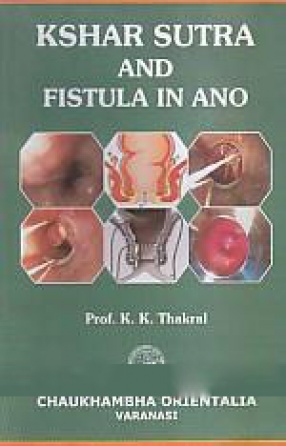
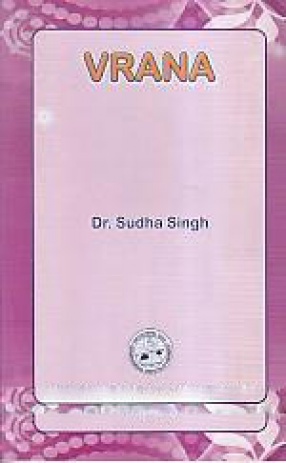
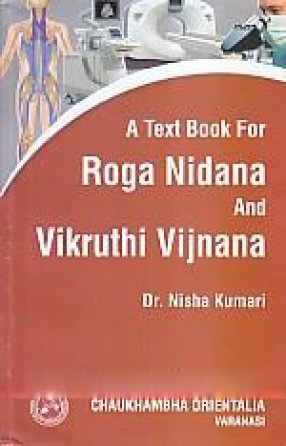

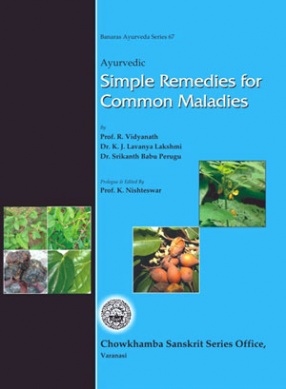
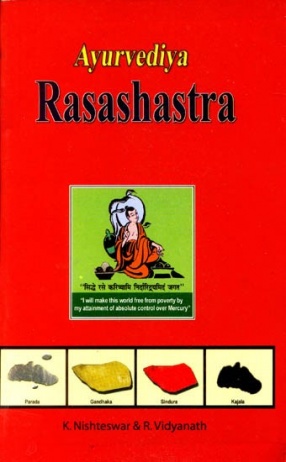
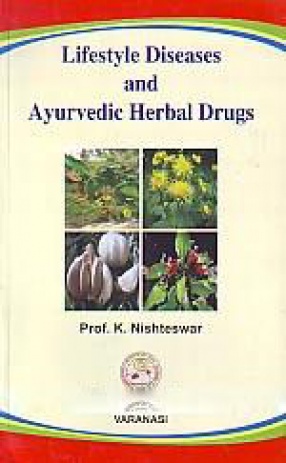

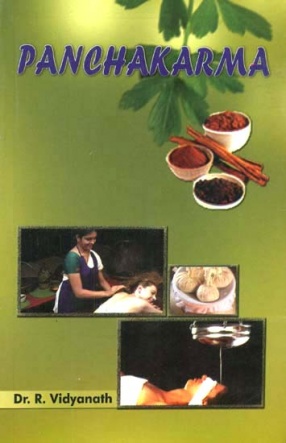
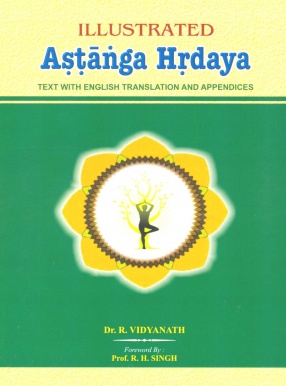

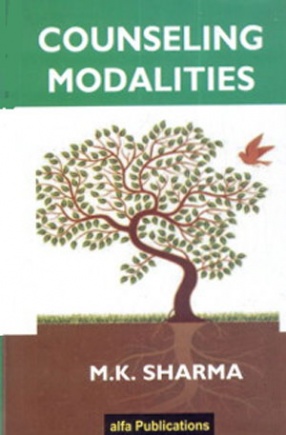
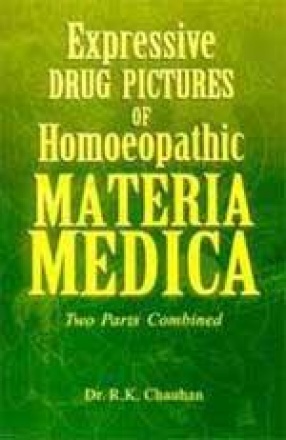
There are no reviews yet.